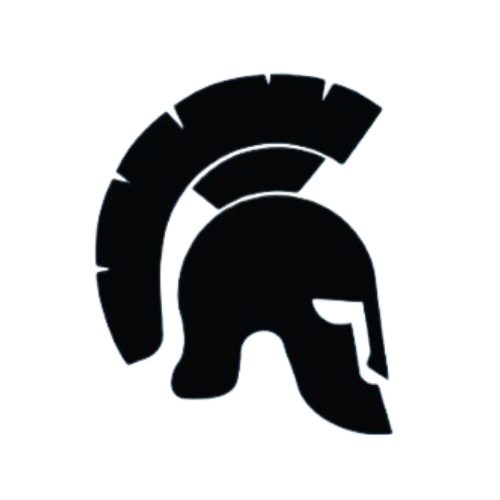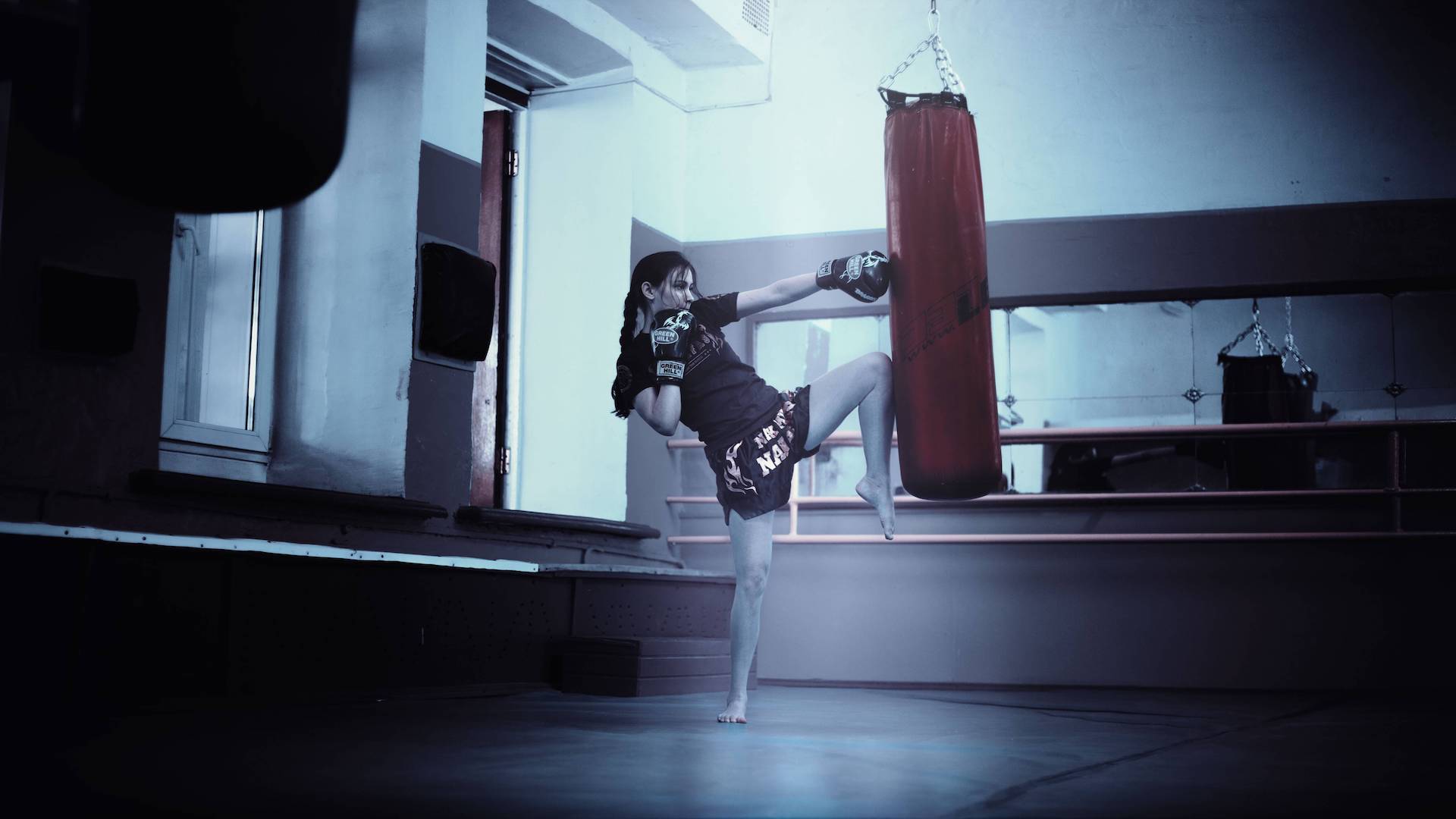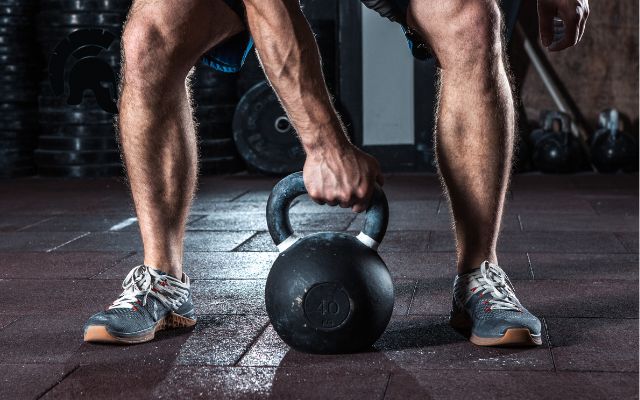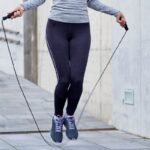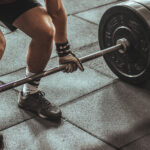Hey there! You’re looking for ways to build strength and target those same muscles as deadlifts, but without a barbell in your home gym. We get it. Deadlifts are super popular for a reason—they’re effective for building muscle, especially in the posterior chain. But, you might be concerned about finding safe alternatives, the right equipment, or simply fitting them into your busy schedule. This post will give you several options, keeping safety, efficiency, and ease-of-use in mind, so you can continue to make progress without a barbell at home.
Bodyweight Alternatives for Deadlifts
Bodyweight exercises are fantastic for home workouts since they don’t require any equipment. They’re ideal for building a base level of strength and building core stability. They’re particularly valuable for those just starting out or those needing to modify workouts due to injury. Let’s get you started.
A. Focus on posterior chain activation
These exercises primarily target the muscles of your posterior chain—your hamstrings, glutes, and lower back—which are crucial for deadlift-like strength. You’ll be able to see noticeable progress in your posterior chain by working these exercises effectively. You can also increase the difficulty progressively as you improve.
- Glute Bridges: A fantastic starting point. Begin with standard glute bridges, then progress to single-leg glute bridges and weighted glute bridges. Hip thrusts are a variation that can be done with a bench or chair. These all progressively overload the posterior chain muscles.
- Romanian Deadlifts (RDLs): These are excellent for targeting the hamstrings and glutes. For beginners, you can modify them by using a wall or chair for assistance, gradually progressing to unassisted reps. The modifications make it easy to get the correct form and build strength gradually.
- Good Mornings: These help engage your lower back and hamstrings. You can modify good mornings by using a chair or bench for support to improve form and reduce the risk of injury. Using props gives you the correct position for your back and keeps your spine straight.
- Hip Thrusts: Using a chair or bench as a platform, you can perform hip thrusts, targeting the glutes and hamstrings. This variation allows you to isolate those key muscle groups.
- Bird Dogs: These exercises are fantastic for developing core strength and spinal stability. This is a critical exercise to include in any home workout that will mimic deadlift benefits, as it helps prevent injury and engages those stabilizer muscles.
B. Emphasizing single-leg work
Working one leg at a time helps build strength and stability, improving balance and coordination. These movements are excellent for those working to improve their strength and endurance levels. Focus on controlled movements and proper form.
- Single-leg Glute Bridges: Focus on engaging one leg at a time, and notice how this isolates the muscles and improves balance. These exercises strengthen the muscles on the single leg, improving overall muscle coordination.
- Single-leg RDLs: These are great for isolating the hamstrings and glutes on one leg, which can help build strength and stability in a more precise way than some other exercises.
Dumbbell Alternatives for Deadlifts
Dumbbells are a versatile piece of equipment for home workouts that allow for a significant variety of exercises mimicking the benefits of deadlifts. Using dumbbells, you’ll maintain the compound movement pattern of deadlifts, allowing for similar muscle activation. Always ensure you’re using a safe weight for your current level.
A. Dumbbell Romanian Deadlifts (DRDLs)
A direct alternative to barbell Romanian deadlifts, Dumbbell RDLs let you work your glutes and hamstrings. Varying the weight and grip allows for progressive overload. It’s crucial to focus on proper form throughout the exercise.
B. Dumbbell Good Mornings
Dumbbell good mornings involve maintaining balance and stability while working similar muscles as barbell good mornings. Use the correct grip and form to engage the correct muscles and avoid potential injury.
C. Dumbbell Hinge Variations
Exercises like bent-over rows and reverse flyes can be used to isolate specific areas while maintaining a similar hinge motion as deadlifts. Focus on controlled movements and maintain proper posture during these exercises.
Kettlebell Alternatives for Deadlifts
Kettlebells offer a fantastic blend of strength and conditioning, making them a valuable tool for mimicking deadlift benefits. These exercises work multiple muscle groups and require significant core engagement. Be sure to use the appropriate weight and focus on proper technique.
A. Kettlebell Swings
Kettlebell swings are a powerful exercise that strengthens the posterior chain while building power. Focus on proper technique and form. Use suitable weight for your fitness level.
B. Kettlebell Deadlifts
These exercises offer variations and adaptations to maintain back safety and activate the required muscles. Choose a kettlebell weight that allows you to maintain good form.
C. Kettlebell Goblet Squats and Variations
Goblet squats and their variations effectively target the lower body and core, important components often neglected in other deadlift alternatives. Proper form and technique are important to get the maximum benefit from these exercises. Using variations will increase the impact and difficulty of the exercise.
Band-Assisted Alternatives
Resistance bands add versatility and allow for increased difficulty as needed. Using bands enables you to maintain the compound movement of deadlifts while controlling the intensity of the exercise. Bands are also good for targeting smaller muscle groups for additional strength building.
Other Compound Exercises Mimicking Deadlift Benefits
A variety of compound movements can target similar muscle groups to deadlifts. These exercises often require minimal equipment but still provide a challenging workout. These exercises are great for beginners and also help to avoid injury by using the proper form.
Safety and Form Considerations
Proper form is paramount when performing any exercise. Proper form protects you from injury and ensures you’re working the muscles effectively. Visual aids, detailed descriptions, and demonstrations are essential. Take your time with each rep to ensure proper form. Always prioritize safe exercise technique over simply increasing the intensity.
Equipment and Space Considerations
Home workouts need to be space-efficient and equipment-friendly. Choose exercises that work with your available space and equipment. Think about how you can adapt workouts to suit limited space.
Workout Structures & Timing
Workout plans should be tailored to your specific goals and fitness levels. Focus on time-efficient routines that still allow you to get the most out of your workout. Time-efficient means getting more done in less time.
Conclusion
Remember, this is just a starting point. These alternatives allow you to continue working toward your strength goals while keeping your workout at home. Consult a healthcare professional or certified trainer before starting any new workout regimen to ensure it’s suitable for your needs. Remember to listen to your body. The goal is to safely and effectively build strength and stay healthy.
In summary, these alternatives provide excellent ways to build strength in various ways and target the same muscles as deadlifts without a barbell at home. Consider these factors as you choose your workout routine, including the equipment you have available. Remember that listening to your body is crucial.
Remember to always prioritize safety and proper form.
